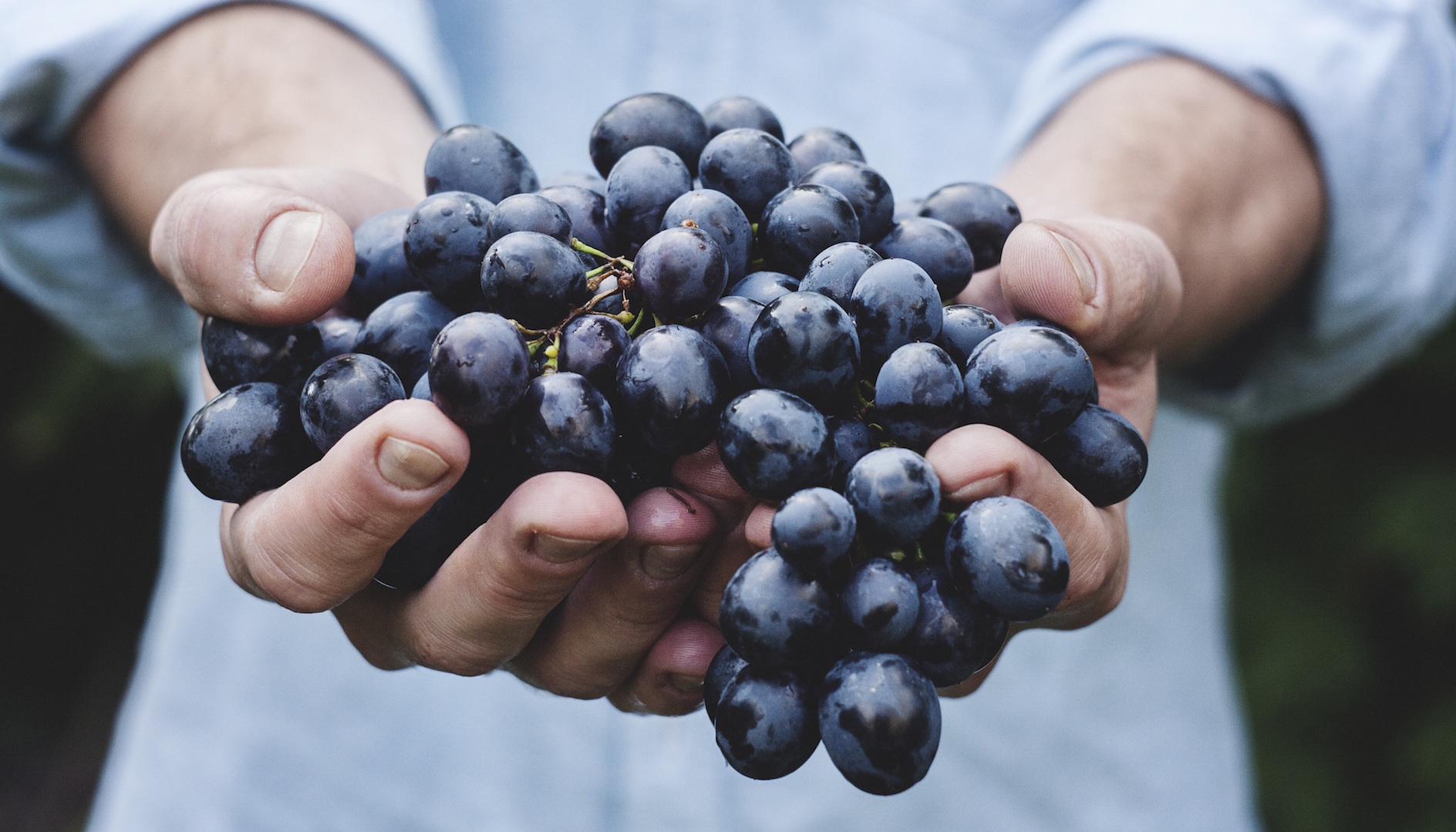 From fruits and vegetables to meats and craft beer, customers and restaurateurs alike are turning their focus to fresh and local foods. This trend, called Farm to Table, is catching fire, and savvy restaurants are drawing in new clientele based on featured dishes or rebranded menus.
From fruits and vegetables to meats and craft beer, customers and restaurateurs alike are turning their focus to fresh and local foods. This trend, called Farm to Table, is catching fire, and savvy restaurants are drawing in new clientele based on featured dishes or rebranded menus.
Farm to Table is a nationwide movement that encourages businesses and consumers to be aware of where their food comes from and how it gets to their plates. Farm to Table advocates prefer to buy from local producers and try to minimize the mileage that their food travels before consumption.
 These “localvores” often cite research indicating that most fresh produce travels about 1,500 miles before reaching its ultimate destination. Also, to keep food from spoiling during travel, some fruits and vegetables are picked before they absorb enough nutrients and ripen completely.
These “localvores” often cite research indicating that most fresh produce travels about 1,500 miles before reaching its ultimate destination. Also, to keep food from spoiling during travel, some fruits and vegetables are picked before they absorb enough nutrients and ripen completely.
“If you take a look at the fruit at your local grocer, you will see labels from all over the world – peaches from Ecuador, strawberries from Chile, and mangos from Mexico. Most people’s food is better traveled than they are,” restaurant expert Lorri Mealey says.
While some may write off Farm to Table as a fad for food-obsessed Millennials, bringing a localized palette to your restaurant has many benefits. Products from local farms are generally healthier and taste better than their globe-trotting counterparts, because they aren’t subjected to the rigors of travel.
Finally, the prices of local goods can be comparable to larger food distributors if you’re willing to research and do a little networking. Services like FarmersWeb connect buyers directly to producers who are often providing local deliveries already. After factoring in the improved quality of the products, the cost differential becomes much less intimidating.
 Committing to Farm to Table, or a Farm to Table section of your menu, will require flexibility from week to week, and sometimes day to day. Since local foods are based on the seasons, restaurants must be able to rotate menu items easily based on their availability. Customers that order the same dish for every visit might be put off initially, but the improved ingredients and local flavors you can showcase should win over any doubters.
Committing to Farm to Table, or a Farm to Table section of your menu, will require flexibility from week to week, and sometimes day to day. Since local foods are based on the seasons, restaurants must be able to rotate menu items easily based on their availability. Customers that order the same dish for every visit might be put off initially, but the improved ingredients and local flavors you can showcase should win over any doubters.
Establishing flexibility in your restaurant is much easier with innovations like cloud-based POS systems and recipe viewers. You can update your inventory and menu options with a few clicks, and track how well each of your localized dishes is doing from any smart device.
Locally-sourced ingredients are a dream come true for the right chef. Embracing the volatility of Farm to Table means empowering your culinary staff to create something great with the components that are available to them. After all, local ingredients don’t stop with produce – many Farm to Table restaurants offer local dairy products, meat, nuts and even baked goods.
Working with local farms and highlighting local flavors offers benefits beyond improved quality. Adding Farm to Table dishes to your menu can also work as a marketing tool to entice localvores, Millennials and other groups of foodies looking for an authentic dining experience – labels like “farm-fresh” or “locally grown” jump off the menu for these customers.
 More benefits of showcasing local producers include:
More benefits of showcasing local producers include:Changing ingredients and dishes according to fresh morning deliveries – or an impromptu trip to the farmer’s market – means that all of your servers and operations staff need to be updated constantly on menu options.
Chef Rob Mullooly, a Culinary Institute of America professor who oversaw a Farm to Table transformation in 2009, writes about frantically changing paper menus daily and using the previous day’s menus as under liners as part of his experience. But “when the servers can tell your customers where their food comes from and that it was picked that morning,” Mullooly says, “it creates more of a feel for the local seasonality.”
